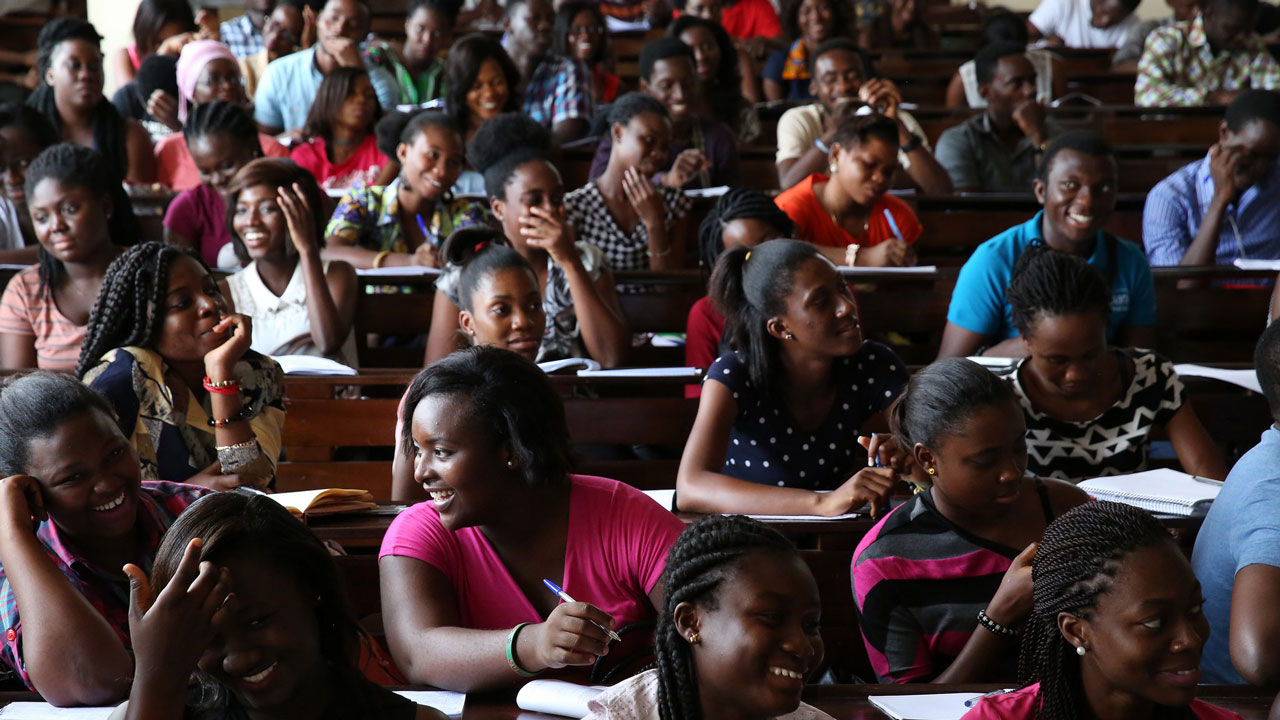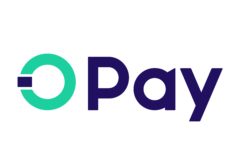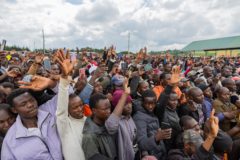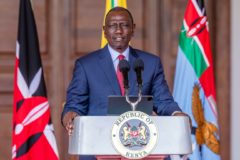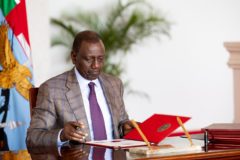Parents have gradually become teachers homeschooling their children, while children are forgetting what school feels like as Nigeria’s coronavirus cases continue to rise.
It is now over four months since the government ordered the shutdown of schools to control the spread of the coronavirus. Academic sessions have been disrupted for students at primary, secondary, and university levels. The government and administrators expected the shutdown to be brief, enough to contain the spread of the virus and return to normal life.
But this hasn’t happened.
Nigeria’s pandemic control measures are uncoordinated, leading to communal infections and an increasing number of confirmed cases. Although the country went under lockdown for over four weeks, it was largely ineffective as health authorities were unable to ramp up testing. Nigeria’s already poor population was unable to fully obey the lockdown rules as it temporarily ruined their sources of livelihood.
Government palliatives and relief funding were both inadequate and not evenly disbursed. The CBN’s COVID-19 relief fund for families and small businesses could not provide funding to many in these groups. The police charged to ensure peace was grossly incompetent and would later engage in extortion of motorists.
Between February 27, when Nigeria’s index case was discovered and June 1, the country recorded over 10,000 COVID-19 cases. At least 3,000 of them would later recover and be discharged. But between June and August 9, cases have escalated quadrupling to 46,577 total cases. Although recoveries have also increased and now stands at over 33,000.
There are still over 12,000 active cases, and that number has continued to rise in August. Without a vaccine, there is little real chance of controlling the disease.
Out of school learning in-person learning and e-learning
In-person learning has been the biggest casualty of the COVID-19 pandemic in Nigeria. While many businesses have gradually reopened as government control measures eased, many schools lack both the resources and the facilities to do so. Without in-person learning, the academic sessions of many primary, secondary, and tertiary schools have been disrupted. And this is taking a toll on their income.
Except for a few private schools, many secondary and primary school staff including teachers have not received pay since April. Some teachers have posted videos online pleading for financial assistance as they endure an uncertain period.
With schools closed, Nigeria risks increasing its population of out-of-school children, said Olanrewaju Oniyitan, an Obama fellow and the founder of Sustainable Education & Enterprise Development (SEED), a social impact project. According to UNICEF, 10.5 million children were out-of-school in 2018.
“There are fears that many young people will fall through the cracks, disappear from the school systems and become long-term victims of the emergency,” writes Ewan Watt, editor of Theirworld, a global children’s charity.
The pandemic has had a crushing blow on income levels, increasing the chances that children in low-income families could join the workforce to supplement household income.
Yet for many parents, learning must go on. Over the last few months, schools have stepped up and began making frantic plans to maintain their academic calendars virtually. Private secondary schools were the first to go this route. Schools have developed e-learning systems to manage learning activities for their students during this period. Classes are conducted using Google Classrooms and Zoom.
The more tech-savvy families are turning to edtech solutions like uLessons, a subscription-based e-learning platform. Launched in February, uLessons has been downloaded over 250,000 times according to Quartz. Sim Shagaya, founder and CEO of the company, said paid subscribers have surged nearly 5x between March and August.
At the tertiary level, some universities, mostly private, have switched to e-learning since April.
TechCabal can confirm that Babcock, Covenant, American University of Nigeria, Lagos State University, Crawford University, and Mountain Top University have all developed or embraced e-learning.
But the story is different for public-owned schools, including universities. Unlike their private counterparts, public schools have a higher number of students. A typical class could have over 100 students with many government-owned universities having up to 250 students in a class. Even for in-person learning, such classes are difficult to teach. It’s an even bigger challenge online.
A student at the Lagos State University (LASU) explained that the switch to eLearning has been challenging for both students and lecturers.
For starters, devices like laptops and smartphones are expensive for millions of Nigerian families and other affordable devices have limited capabilities and could underperform when used with high tech websites.
Internet data is also expensive to afford for many. Although the average cost of 1GB of data in Nigeria is below ₦1,000 ($2.58), over 50% of Nigerians survive on less than $2 daily. And those who can afford internet data have to struggle with electricity problems, forcing them to go offline during lectures.
Government efforts to support schools
The government has made also several declarations, promising distant learning solutions for students.
In April, the National Information Technology Development Agency (NITDA) was charged with the task of addressing some of these problems. The agency set up a committee to provide actionable plans. The committee recommended a partnership with telecom companies to introduce free access to educational websites and resources. Four months after the committee tabled its suggestions, NITDA has failed to act. It’s another way the government has failed its citizens.
In the meantime, the Federal Ministry of Education and some state governments have proposed low-tech solutions for learning. Among them are TV and radio educational programmes for students. The government and private organisations have distributed radios to families and children.
But these programmes are not designed for each class. They only provide generic content and the learning schedule is published on the government’s website and social media handles.
“Everybody keeps asking how effective is this,” Olanrewaju Oniyitan, founder of educational impact project, SEED told TechCabal. “For us, it is keeping the children engaged, keep their brains running.”
These are short term measures. The core task is to understand how long schools will remain closed, then plan for their reopening in a coordinated manner.
“We need to start planning now for a catchup curriculum,” Oniyitan said. “If we sit down and we know that over the next six months schools cannot open when they do open, what is the catchup curriculum and requirements for re-opening.”
“If we assume they are not going to open in six months can we start letting them the things they need to get done,” she added.
Coordinating the reopening of Nigerian schools
But there is an apparent lack of coordination in the Nigerian government that is making planning difficult and could affect the possibilities of schools fully reopening in 2020.
The government has been unable to develop a coherent policy for the educational sector neither has it made serious efforts to assist struggling schools with relief funding.
The most glaring lack of coordination is the contradictory stances of Nigeria’s Senior and Junior Ministers of Education on the reopening of schools.
On July 13, Nigeria’s junior Minister for Education announced that secondary and primary schools would be reopened for graduating students to write their exams. A few days later, the senior Minister of Education and a strong ally of the President insisted that schools will remain shut until the virus is contained.
A few weeks later, the Ministry of Education abandoned that policy, announcing it would reopen schools as planned for graduating students of only primary and secondary schools.
At the university level, the National University of Commission (NUC) is conducting a preparedness assessment of schools to understand if these institutions are fit to resume.
“We have a template to vice-chancellors of all universities requesting them to suggest to us what kind of protocols and strategies they are putting in place in the various institutions,” NUC’s Executive Secretary, Abubakar Rasheed, told reporters on August 4.
“We are collating some of the responses which have already started coming in and at the end of the day the picture should emerge about the extent to which our universities are prepared to reopen for academic activities.”
But with no vaccine in sight, the full reopening of schools could be risky.
University and boarding school students would have to travel long distances to return to their schools. It won’t be a fun experience. Nigeria’s transportation system is notoriously cramped as vehicles are filled — sometimes beyond the capacity — and passenger luggage is squeezed into the extent that there is poor ventilation in the bus. That is a health challenge for a country witnessing a highly contagious pandemic.
In South Africa, schools were allowed to reopen in June after the country’s nine-weeks lockdown. By late July, schools were forced to close after 775 learning facilities recorded viral cases.
Ghana also recorded new cases after the schools reopened. On July 13, 55 cases were discovered in the Accra Girls Senior High School. Also, “a few other schools have reported sporadic cases which have not experienced a surge,” the government said at the time. However, it has no plans to close schools in the country.
In East Africa, the Kenyan government has cancelled the rest of the school year. It announced that schools will only reopen in January 2021, a stretched date designed to avoid any hasty reopening in 2020.
With Nigeria’s rising cases, will the government consider cancelling the rest of the 2020 school year?







